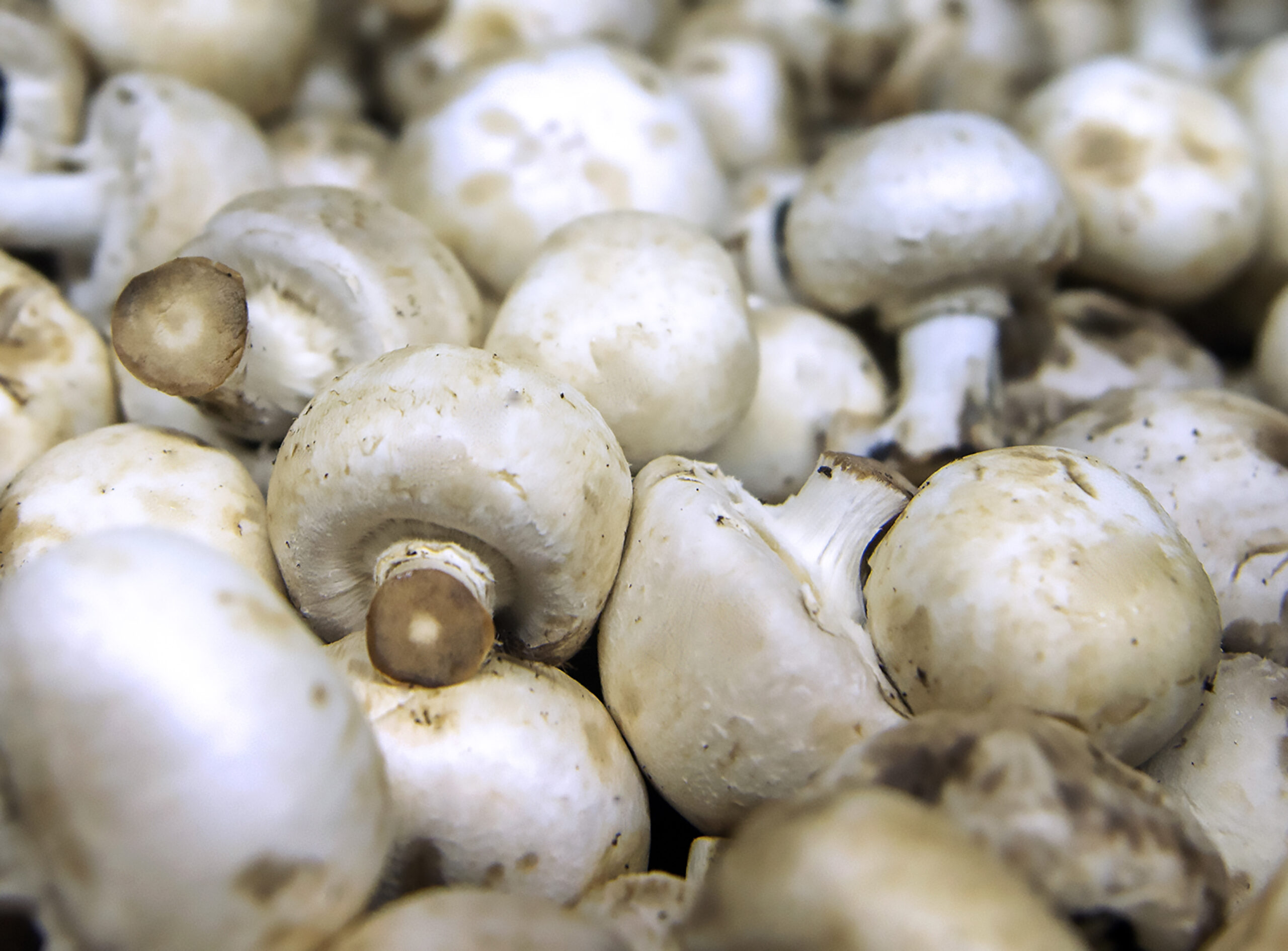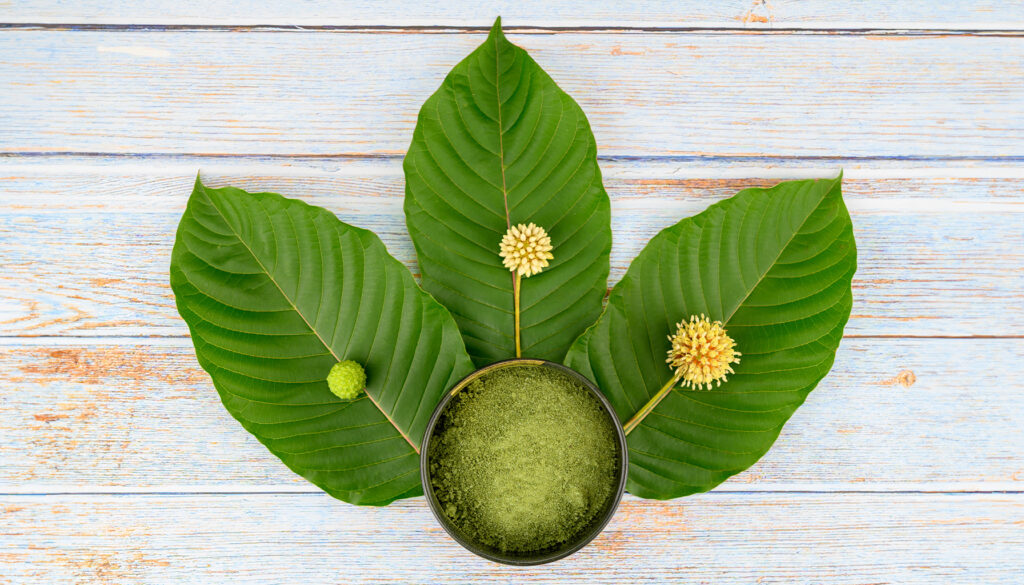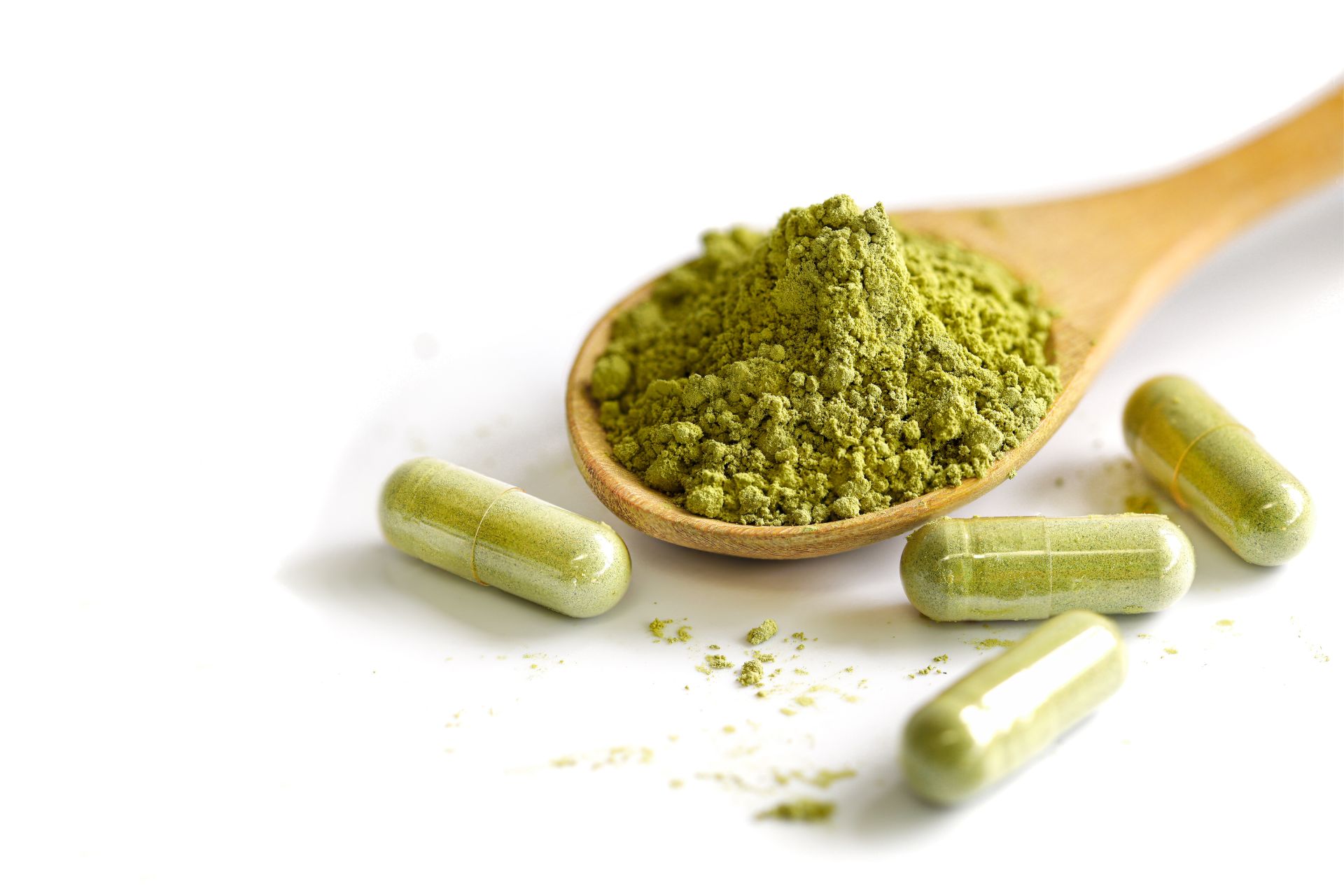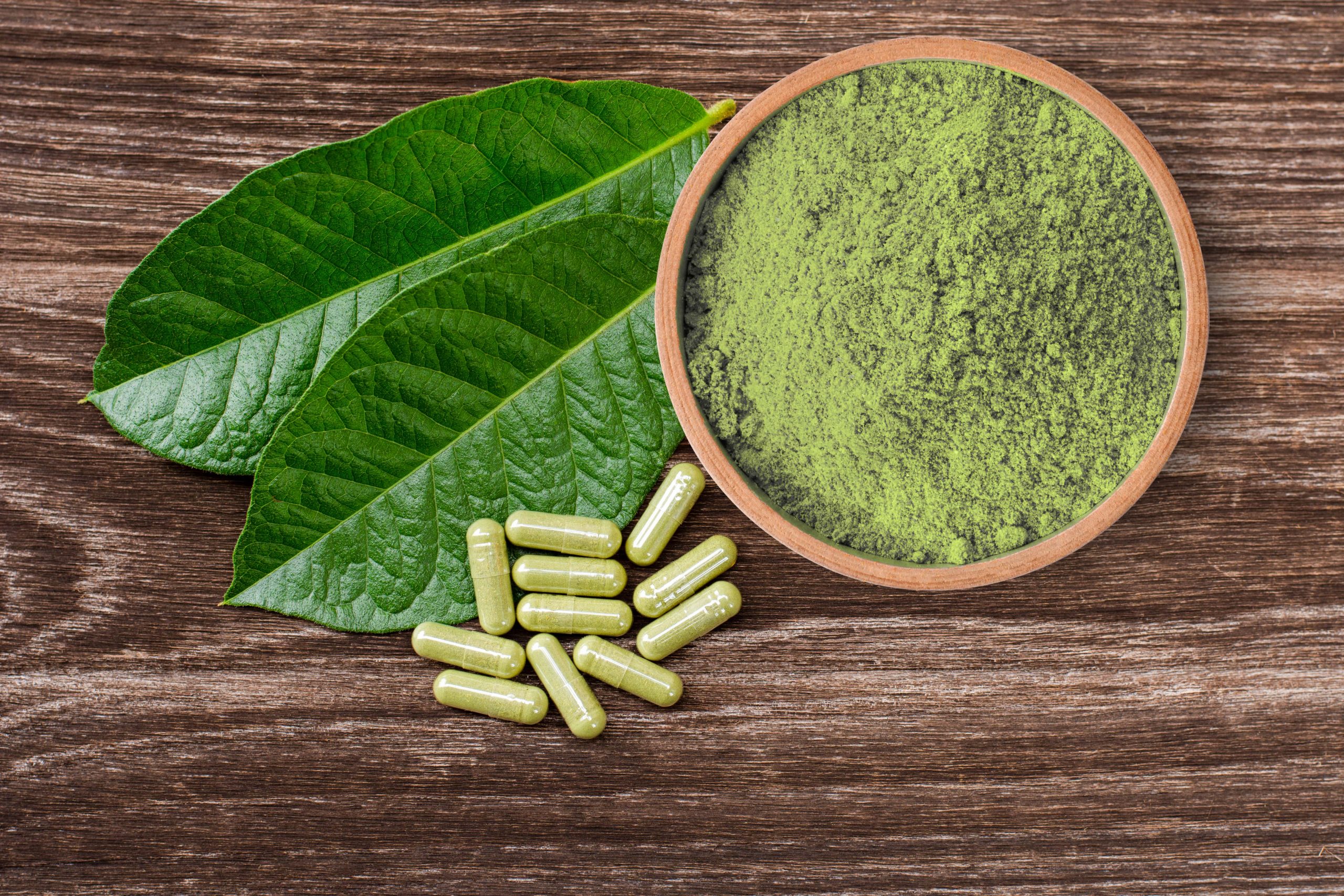In the domain of wellness, tracking down the right items and routines to help your wellbeing objectives can overpower. With the developing notoriety of edible HHC gummies, people are looking for personalized guidance on the best way to integrate these items actually into their wellness routines. We comprehend the significance of custom fitted suggestions to advance the advantages of shop high quality hhc treats. This is the way we offer personalized guidance to people trying to upgrade their prosperity with our items.
- Introductory Counsel: We start by offering a personalized conference to see every individual’s one of a kind wellness needs and objectives. During this counsel, our learned staff individuals listen mindfully to your interests, inclinations, and any current medical issue. This permits us to furnish custom fitted suggestions that line up with your particular necessities.
- Redone Measurement Suggestions: Deciding the proper dose of edible HHC gummies is pivotal for accomplishing ideal outcomes. In view of the information accumulated during the conference, we give personalized measurement proposals customized to your singular necessities. Factors, for example, body weight, digestion, and the seriousness of side effects are considered to guarantee protected and viable use.

- Instructive Assets: We have confidence in engaging our clients with information and grasping about the advantages and use of edible HHC gummies. Through exhaustive instructive assets, including articles, guides, and FAQs, we give important information on how HHC functions, its potential wellness advantages, and best practices for incorporating it into your everyday routine.
- Wellness Backing: Our obligation to consumer loyalty reaches out past the retail location. We offer continuous wellness backing to direct you through your excursion with edible HHC gummies. Whether you have inquiries concerning dose changes, likely associations with different enhancements or meds, or general requests about wellness, our group is here to give master guidance and backing.
- Standard Development: As a component of our personalized methodology, we lead ordinary subsequent meetings to evaluate your headway, address any worries, and make acclimations to your wellness plan depending on the situation. This guarantees that you are getting the most extreme advantage from our items and accomplishing your wellness objectives actually.
Personalized guidance is fundamental for people trying to integrate edible shop high quality hhc treats into their wellness routines. Here are focused on giving tweaked proposals, instructive assets, and continuous help to assist you with accomplishing ideal prosperity with our items. With our personalized methodology, you can feel sure about setting out on your excursion to further developed wellbeing and essentialness with edible HHC gummies.














